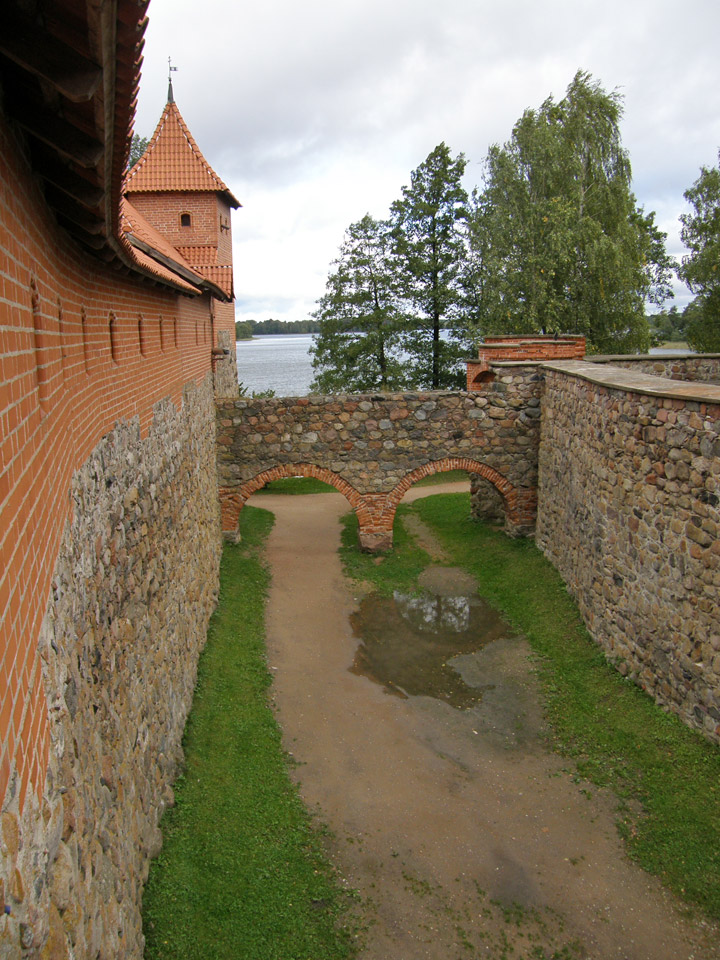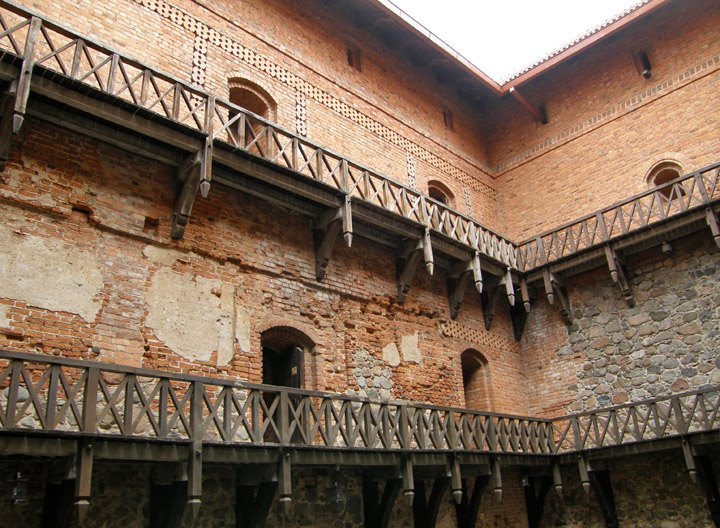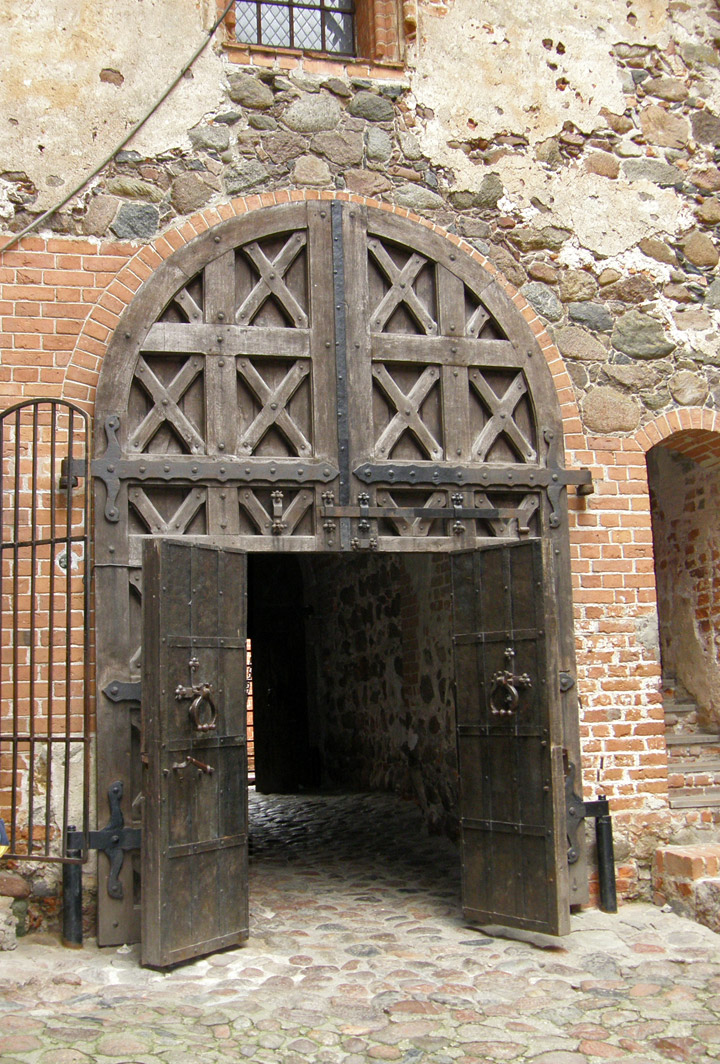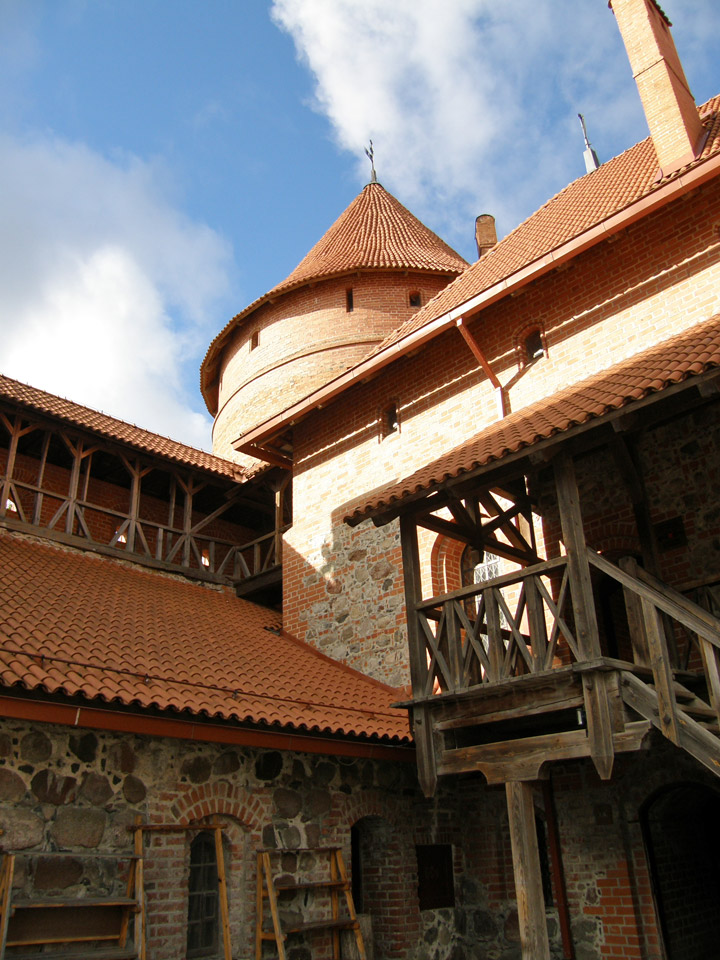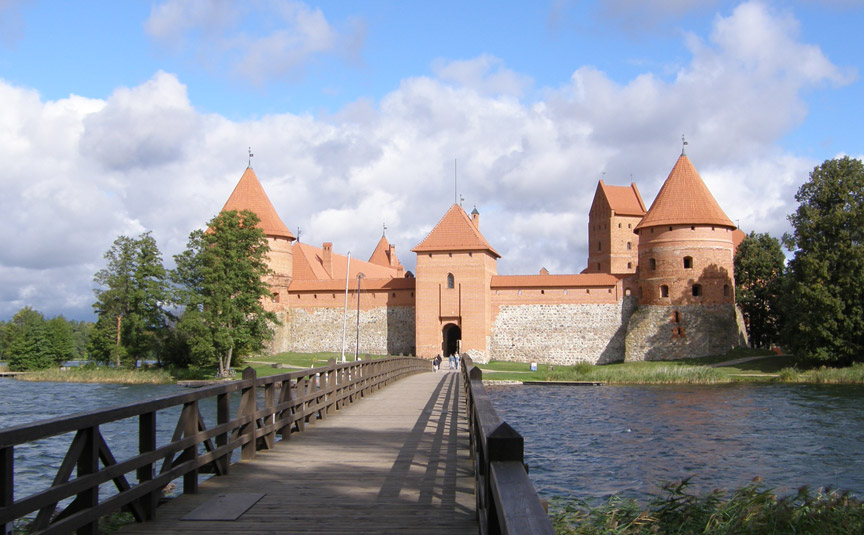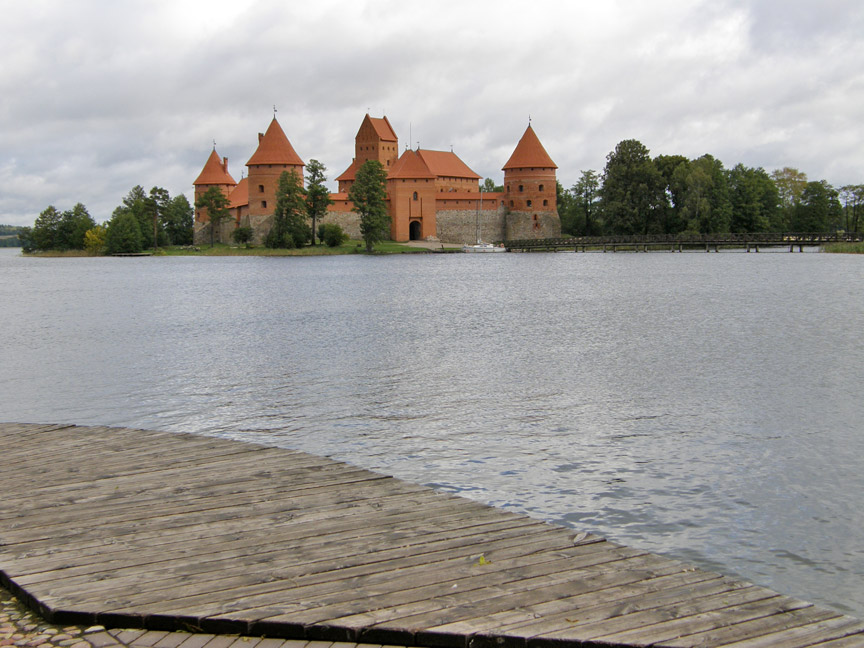

the Castle
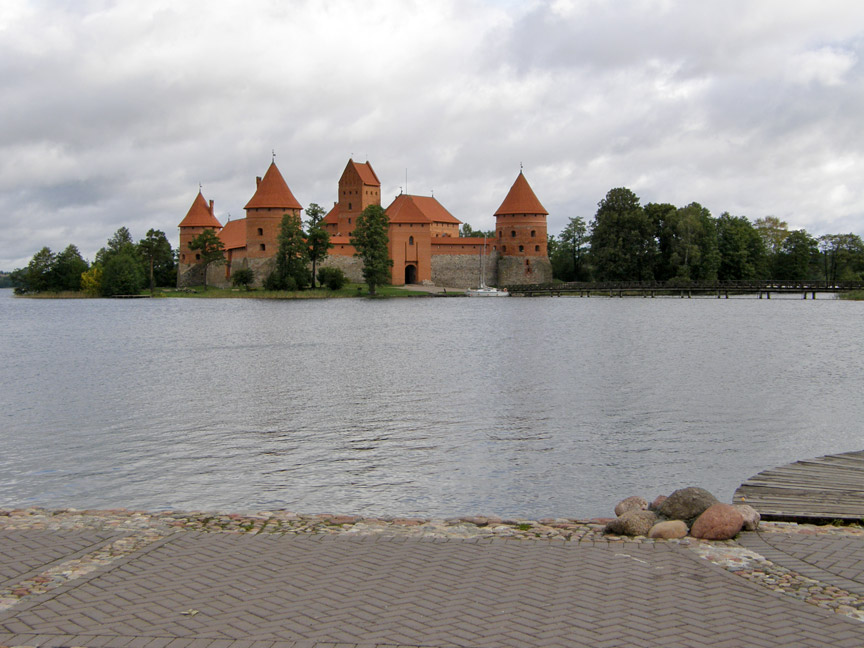
Trakai Castle
Trakai (Polish: Troki) is a town and lake resort in Lithuania, a part of Trakai National Park territory and an administrative centre of the region. The town covers 11.52 km˛ of area and is inhabitated by 5,406 people. The region administered from Trakai covers 1202.74 km˛ and has 38,200 inhabitants.
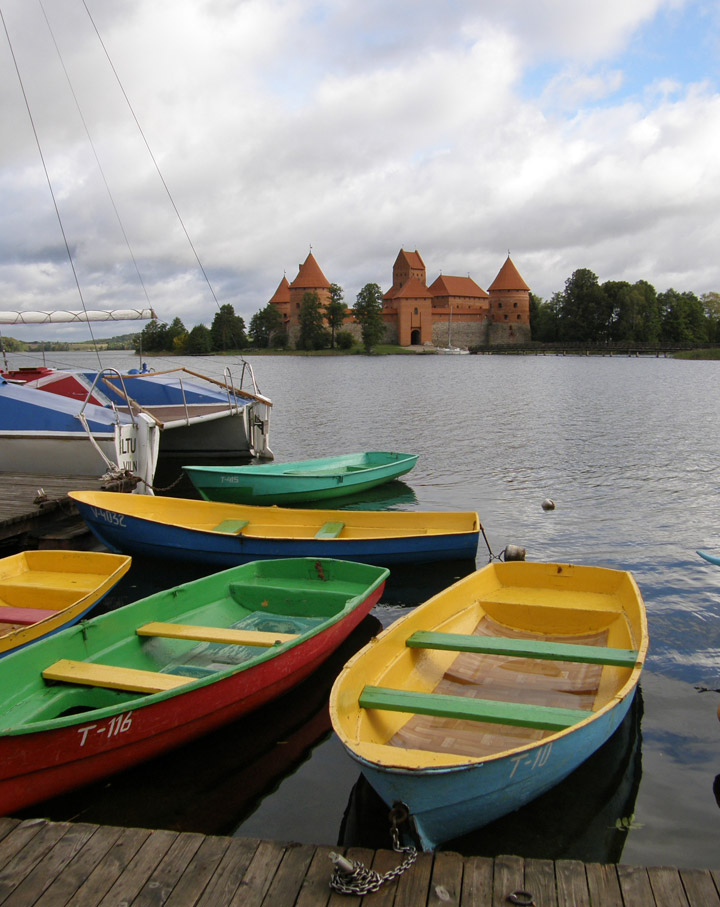
The town is located 28 km west of Vilnius. There are 200 lakes in the region, of
which the deepest (46.7 m) is Galvė with its 21 islands. Galvė covers an area of
3.88 km˛, Vilkokšnis lake - 3.37 km˛, the lake of Skaistis - 2.96 km˛. There are
Trakai Historical National Park and Aukštadvaris Regional Park founded in the
territory of the region.
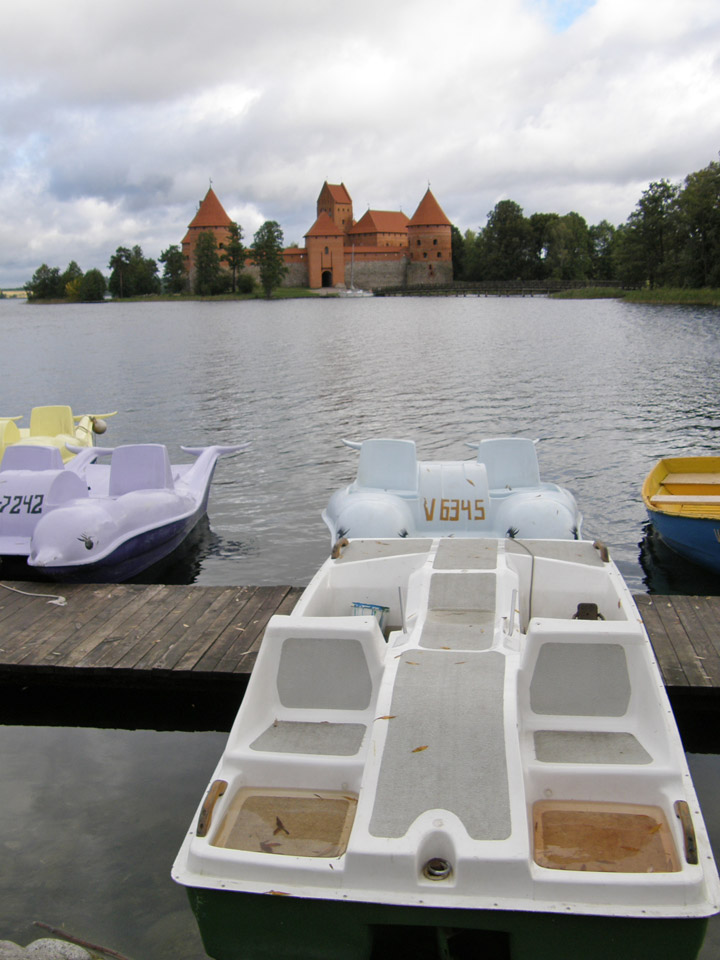
Trakai Historical National Park was founded in April 23, 1991 to preserve Trakai
as a centre of Lithuanian statehood as well as its authentic nature. It is the
only historical national park not only in Lithuania but also throughout Europe.
The territory of the park covers 82 km˛, 34 km˛ of which are covered by forests,
and 130 km˛ are covered by lakes.
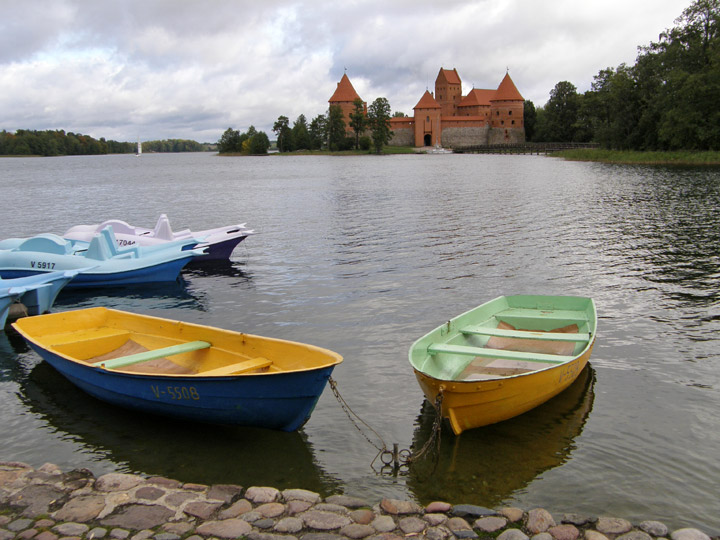
Aukštadvaris Regional Park was founded in 1992 to preserve the valuable
landscapes of Verknė and Strėva upper reaches. The area of the park is 153.50
km˛, most of which is covered by forests. There are 72 lakes here, the biggest
of which is Vilkokšnis.

Trakai is a town built on water. The town is surrounded by the lakes of Lukos (Bernardinų),
Totoriškių, Galvės, Akmenos, Gilušio. There are a number of architectural,
cultural and historical monuments in Trakai. The history museum in the castle
was established in 1962. Festivals and concerts take place in the island castle
in summer.

A partnership agreement was signed with the city of Rheine in Germany in 1996
and Malbork city in Poland in 1997.
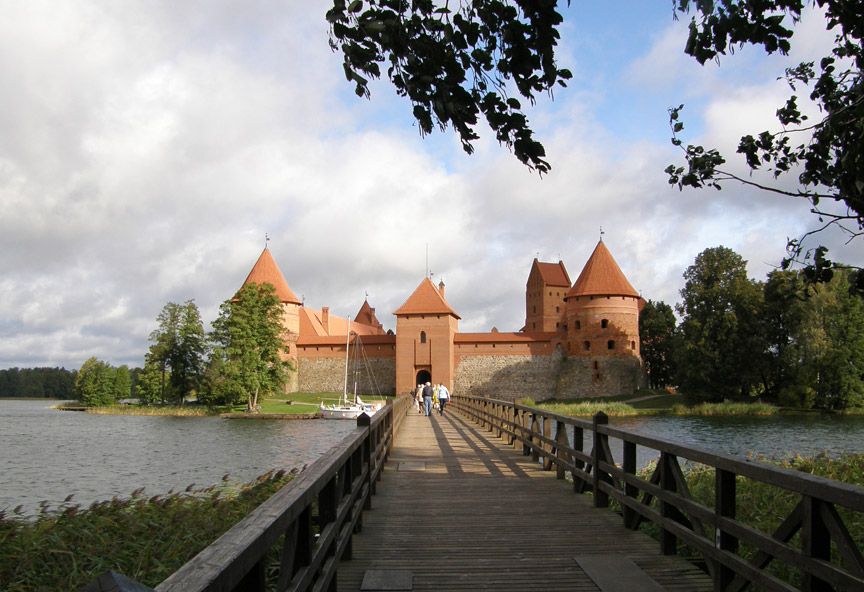
The first settlements in this area appeared as early as the first millennium
A.D. The town, as well as its surroundings, started developing in the 13th
century as the Grand Duchy of Lithuania's centre. According to chronicles, after
a successful hunt, Grand Duke Gediminas discovered a beautiful place not far
from the then capital Kernavė and decided to build a castle here. That is how a
castle was built in Senieji Trakai which at that time was called Trakai. The
town of Trakai was first mentioned in German chronicles in 1337, which is
regarded to be the official date of its foundation. When Grand Duke Gediminas
finally settled in Vilnius, Senieji Trakai was inherited by his son the Duke
Kęstutis. There soon developed a new title of Prince of Trakai. This is the
birthplace of the most famous ruler of Lithuania - Vytautas the Great.
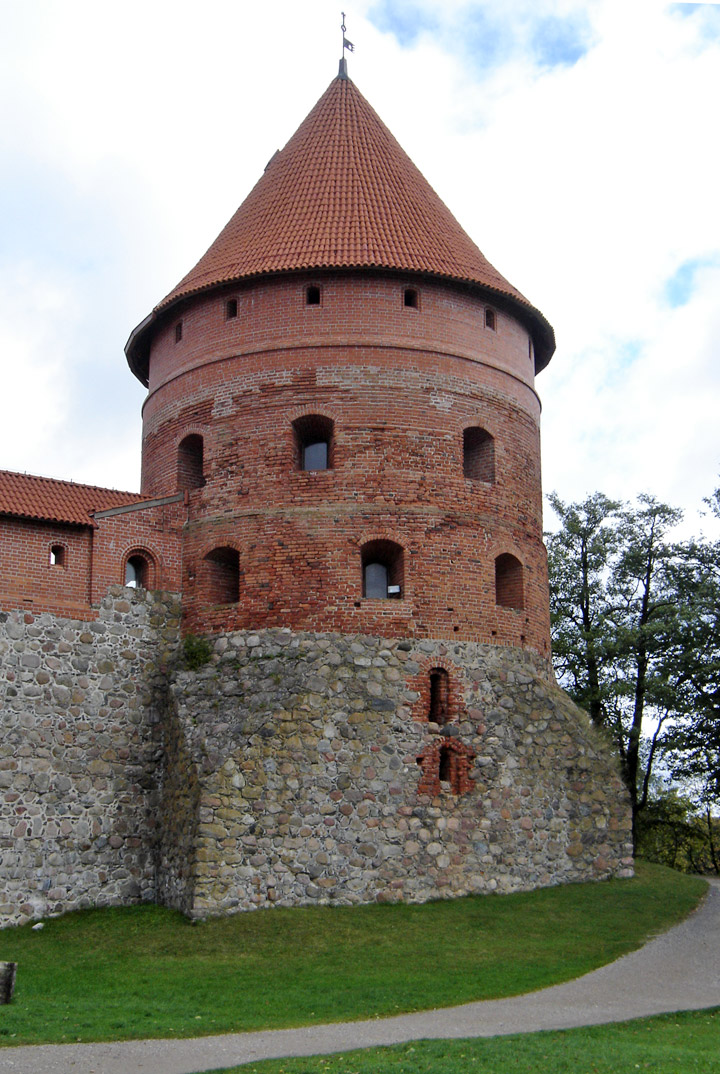
During the reign of Kęstutis Naujieji Trakai was a place of intensive
construction: a new castle was built in the strait between lakes Galvė and Lukos
and known as the Peninsula Castle, and another one - known as the Island Castle,
on an island in lake Galvė. A village grew around the castle. The approaches of
Trakai were protected by Senieji Trakai (Old Trakai), Strėva, Bražuolė,
Daniliškės and other mounds.
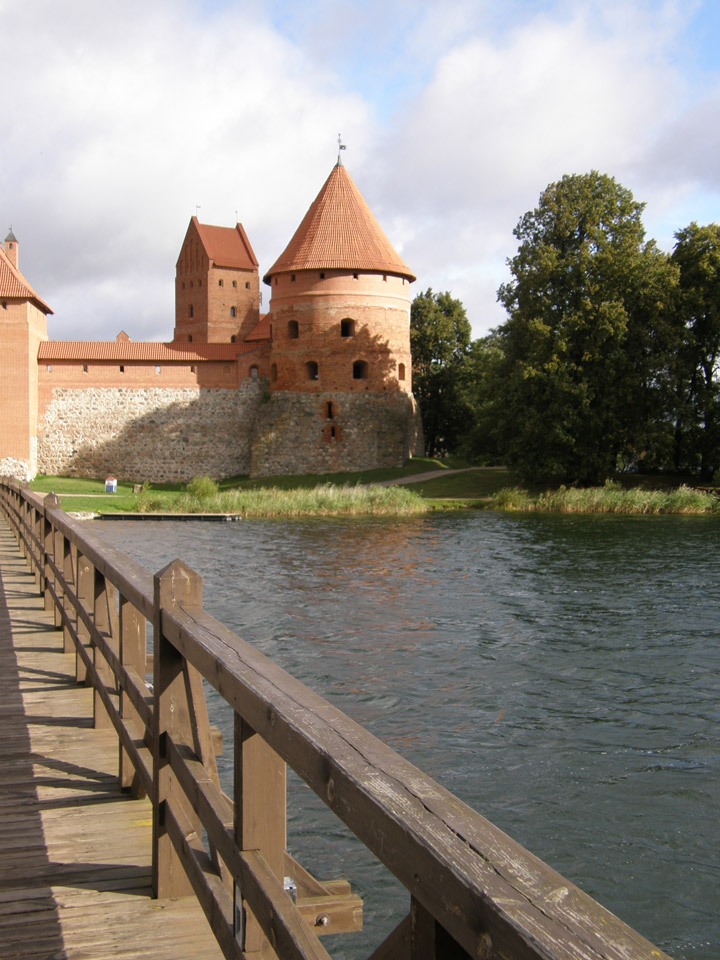
Both wooden castles were successfully raided by the Teutonic Knights several
times in a row. During the conflict between Grand Duke Jogaila (later to become
Wladislaus II of Poland) with Kęstutis, the castles were captured by the earlier
in 1382. Kestutis lost his life and Jogaila gave the castles to his brother,
Skirgaila, who became a governor of Lithuania Proper. However, his rule here did
not last long since the castles were again captured the following year by joint
forces of Kęstutis's son Vytautas and the Teutonic Knights. Jogaila retook the
castle soon afterwards. On August 7, 1392, after the cease fire between Jogaila
and Vytautas, the castle was finally granted to the latter, who became the Grand
Duke of Lithuania and Jogaila's governor. Despite his capital being Vilnius,
Vytautas spent more time in Trakai. In early 15th century he replaced the older,
wooden fortress with a stone-built castle.
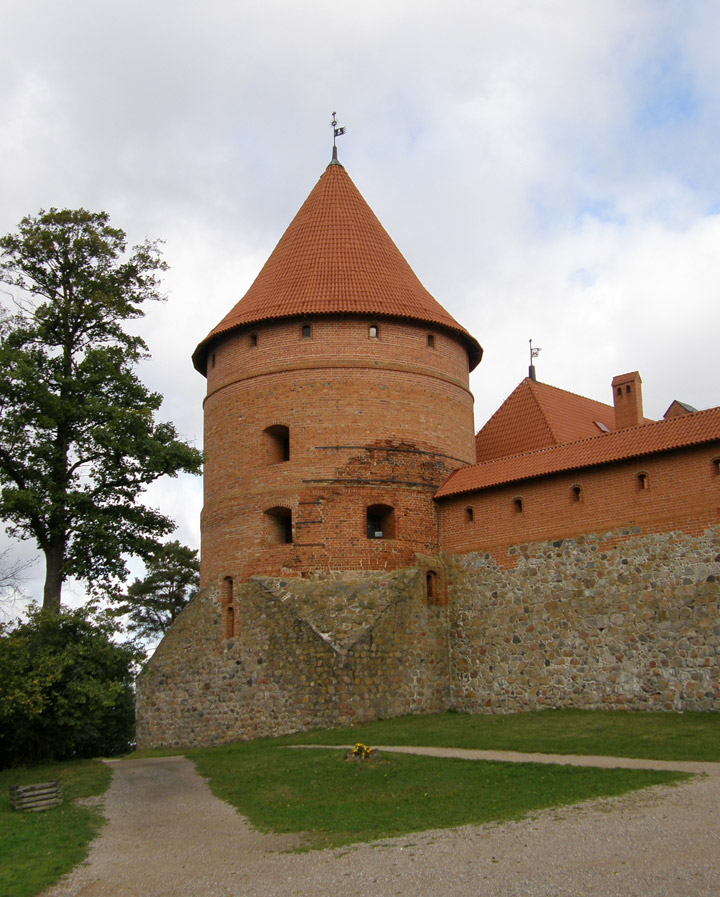
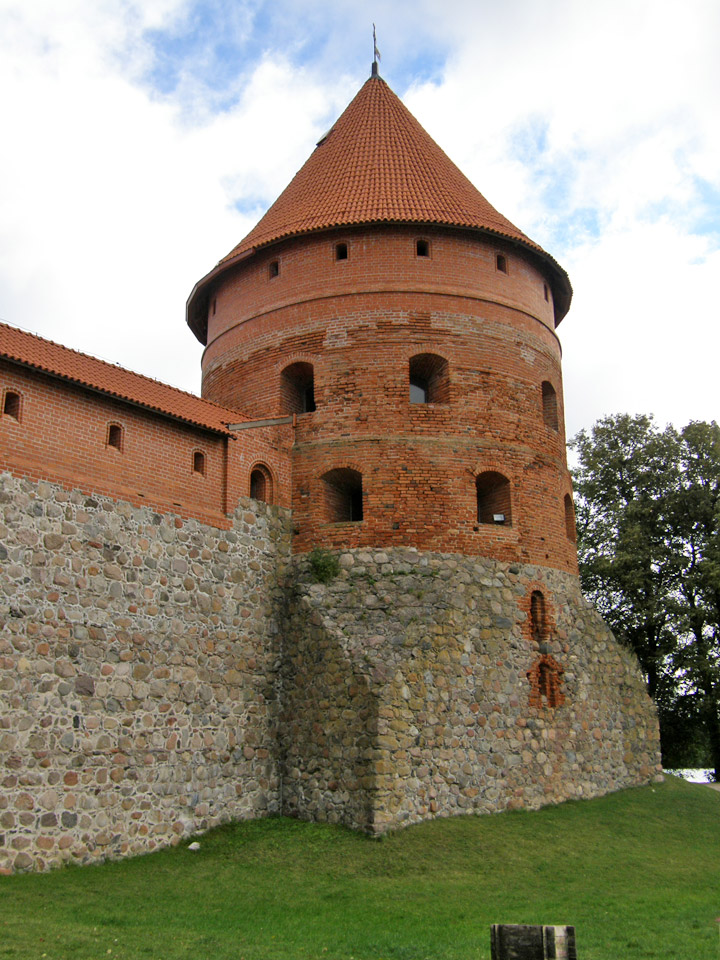
When Vytautas became the vassal ruler of the Grand Duchy of Lithuania, Trakai
became a political and an administrative centre of the Duchy, sometimes named a
de facto capital of Lithuania. Construction of the castles was finished and a
Catholic church was built. In 1409 the town was granted with Magdeburg Rights,
as one of the first settlements in Lithuania. This sparked the prosperity and
the village started to rapidly develop into a town. In 1413 it became a seat of
the Trakai Voivodship and a notable centre of administration and commerce. The
distinctive feature of Trakai is that the town was built and preserved by people
of different nationalities. Communities of Karaims, Tatars, Lithuanians,
Russians, Jews and Poles lived here side by side. Karaims (or Karaites) are a
small Turkic-speaking religious and ethnic group resettled there by Grand Duke
Vytautas in 1397 and 1398 from Crimea, after one of his successful military
campaigns against the Golden Horde. Both Christian and Karaim communities were
granted separate self-government in accordance with the Magdeburg Rights.
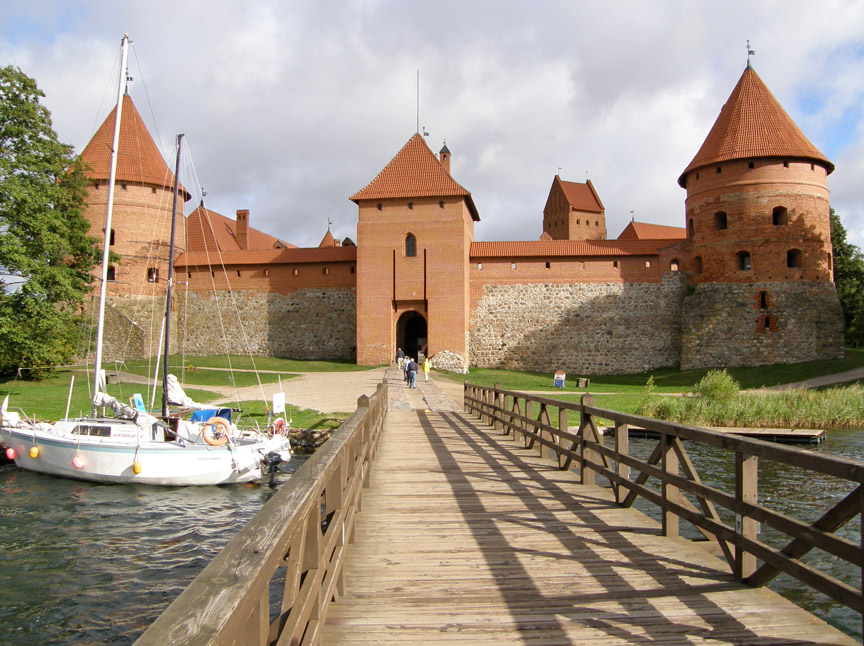
After the Grand Duchy of Lithuania joined the Kingdom of Poland into
Polish-Lithuanian Commonwealth in 1569, the castles remained a royal property,
but the town's importance gradually declined, with the nearby Vilnius and the
political centre of the Commonwealth in Kraków being far more important.
Nevertheless, it continued to be the seat of local Sejmik. In Polish sources the
town name was started to be referred to as Troki. In 1477 the castle on the lake
was a meeting place of king Casimir IV of Poland with Venetian envoys. After
that the castle became sort of a luxurious prison for political prisoners.
Sigismund I the Old imprisoned there the members of Goštautai family, believed
to be pacting with treacherous Michał Gliński. Also Helena, widow of Alexander
of Poland was kept there in order to prevent her escape to Muscovy. The castle
was refurbished by king Sigismund I of Poland, who set up his summer residence
there. However, after his death in 1548 the castle gradually fell into
disrepair.
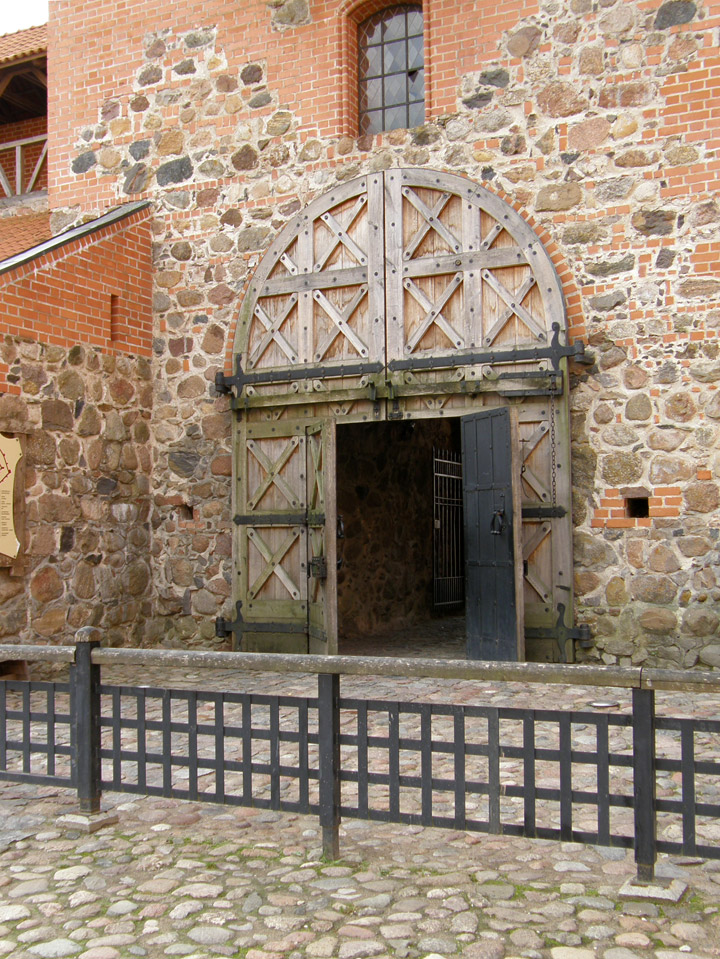
With the Commonwealth formation, a polonisation process began. Despite
Polonisation, Trakai remained a notable centre of Karaim cultural and religious
life. Some famous scholars were active in Trakai in the 16th and 17th centuries,
such as Isaac ben Abraham of Trakai (1533? - 1594?), Joseph ben Mordecai
Malinovski, Zera ben Nathan of Trakai, Salomon ben Aharon of Trakai, Ezra ben
Nissan (died in 1666) and Josiah ben Judah (died after 1658). Some of the
Karaims became wealthy and noble.
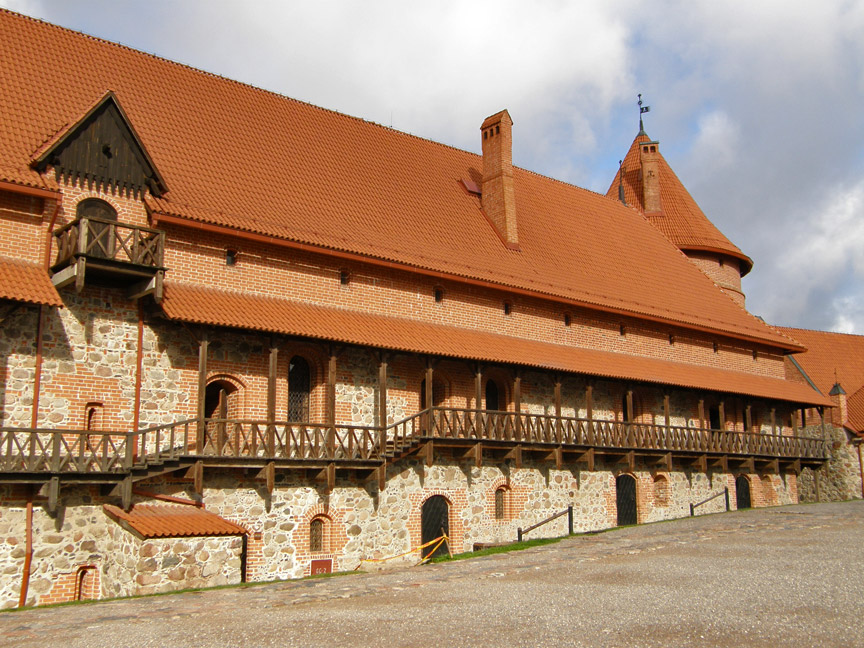
The local Karaim community, the backbone of the town's economy, suffered severely during the Chmielnicki Uprising and the massacres of 1648 and the wars between Russia and Poland between 1654 and 1667, when the town was plundered and burnt. In the effect of the war with Muscovy in 1655, both castles were demolished and the town's prosperity finally collapsed. The castle ruins remained a historical landmark. By 1680 only 30 Karaim families were left in the town. Their traditions, including not accepting neofites, prevented the community from recuperating its strength. The town was left in ruins again early in the 18th century (1702?), by the wars of Karl XII of Sweden, and by the ensuing famine and plague, and only 3 Karaim families were left. By 1765 only 300 Karaims lived in Trakai.
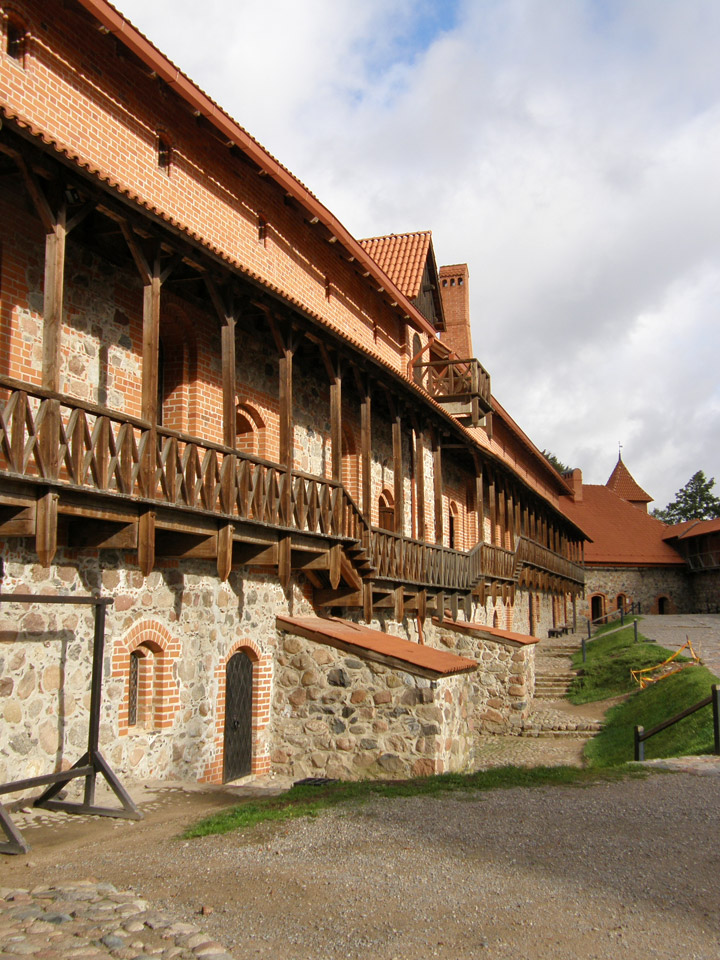
After the Partitions of Poland in 1795, the area was annexed by Imperial Russia.
In 1915, during the World War I, the area was captured by Germany. After the
war, the town became a part of Lithuania and was occupied by Poland. The works
in the Upper castle were almost complete in 1939, when the Polish Defensive War
started and the area was soon annexed by the Soviet Union and then by Nazi
Germany. During the war, more than 5000 Jews from the Trakai region were
murdered by the Nazis. In 1944, during Operation Tempest, the town was liberated
by joint forces of the Polish Home Army and Soviet partisans. After World War II
it was again annexed by the Soviets.

In 1905 the Imperial Russia authorities decided to partially restore the castle
ruins. However, the works went slowly and came to a halt after the outbreak of
World War I. In 1929 Stanisław Lorentz ordered the reconstruction of the castle.
The works in the Upper castle were almost complete in 1939, but World War II
intervened. In 1961 the reconstruction of the upper castle and a high tower
construction were complete. Then the works came to a halt as a result of Nikita
Khrushchev's speech of December 21, 1960. The Soviet First Secretary declared
that reconstruction of the castle would be a sign of glorification of
Lithuania's feudal past. Works in the lower castle were not restarted until the
1980s and were completed by the Lithuanian authorities in the early 1990s.
Text from Wikipedia
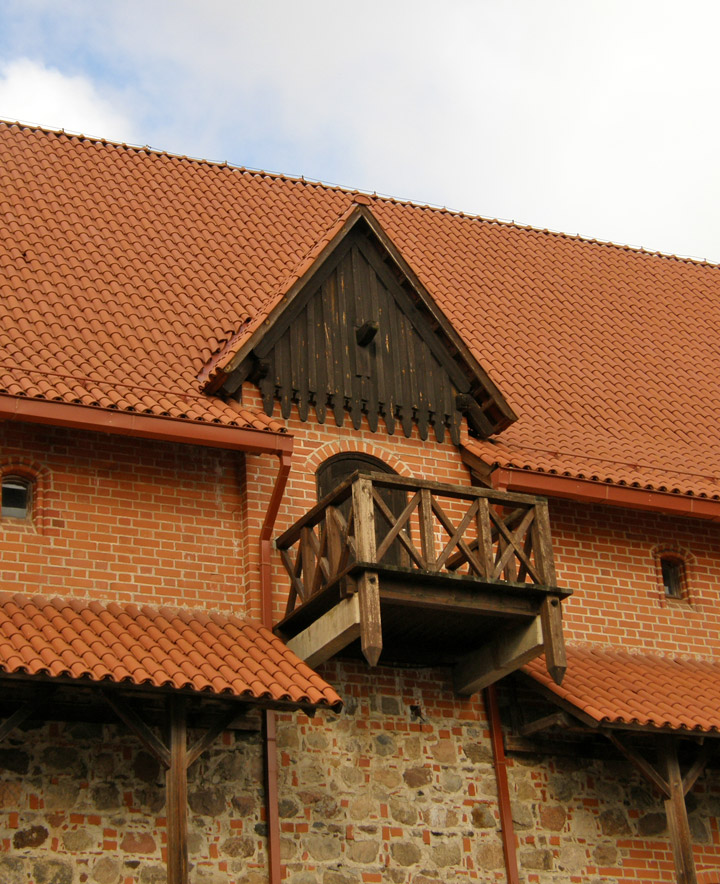
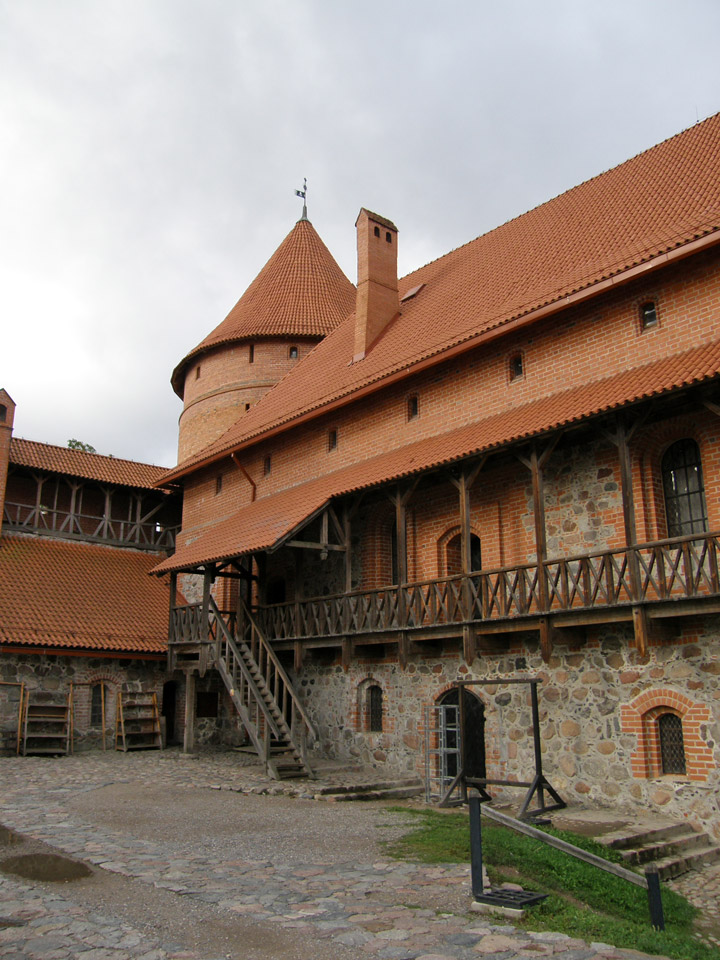
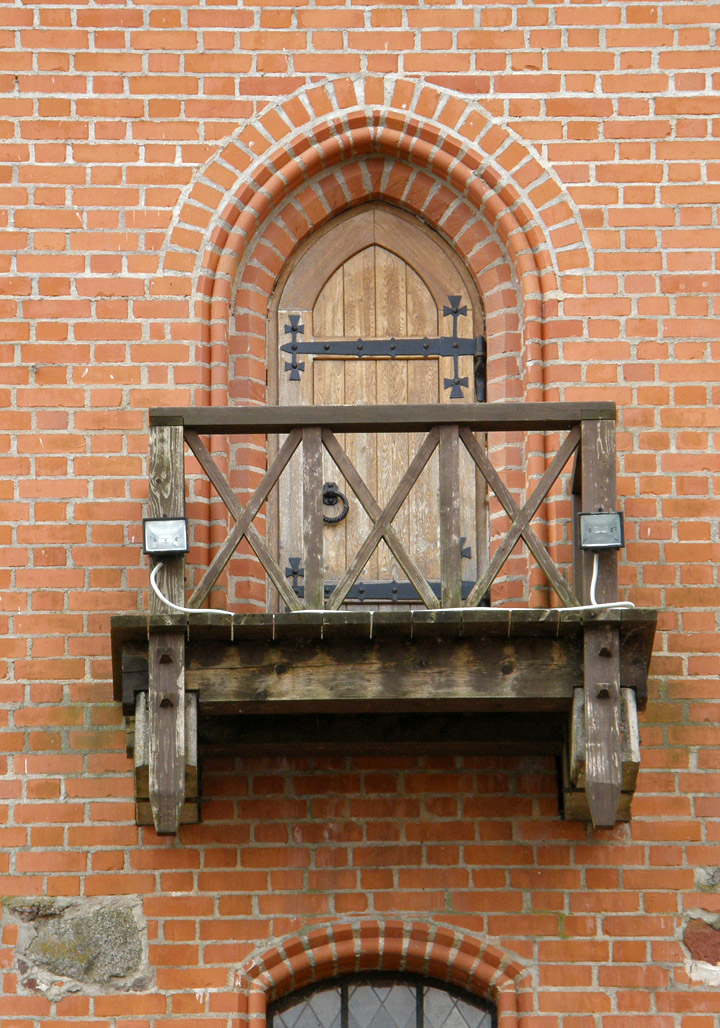
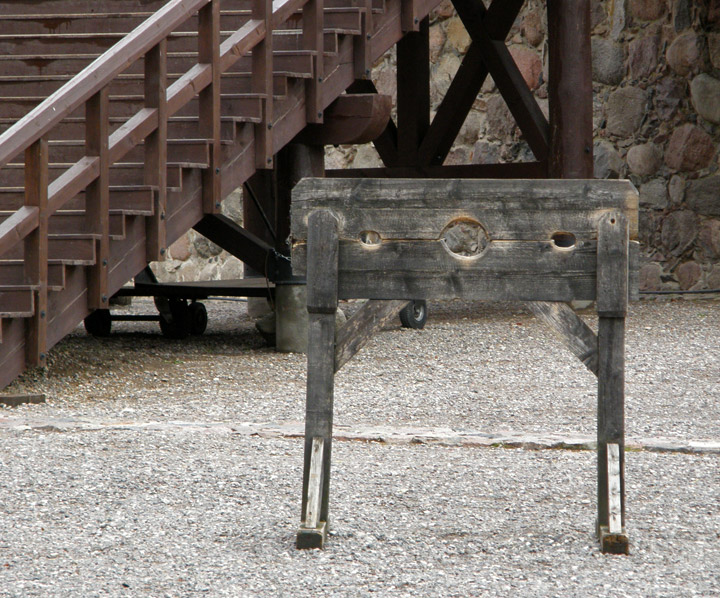
stocks
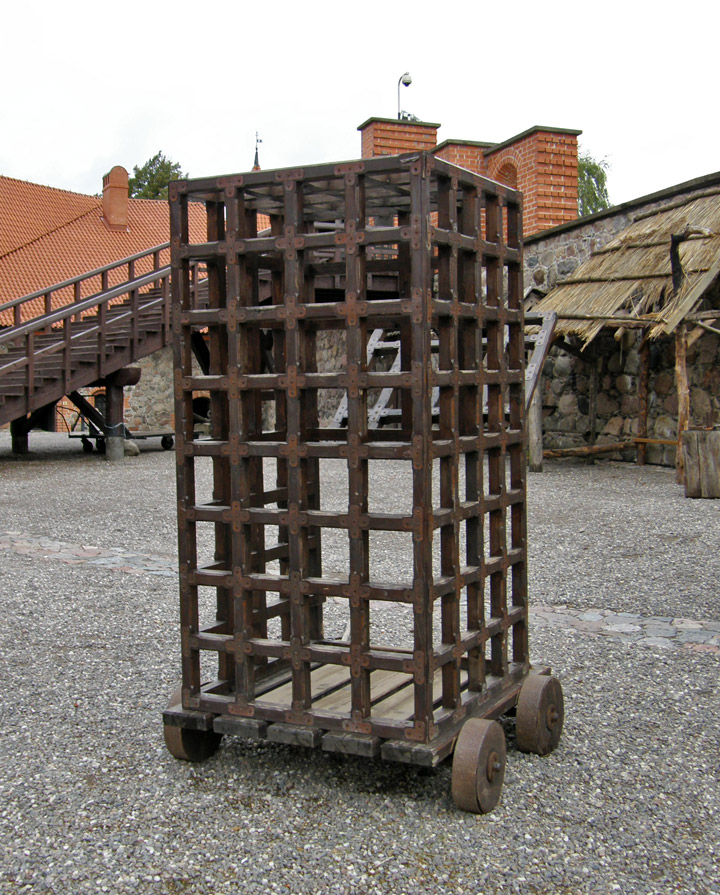
torture cage
